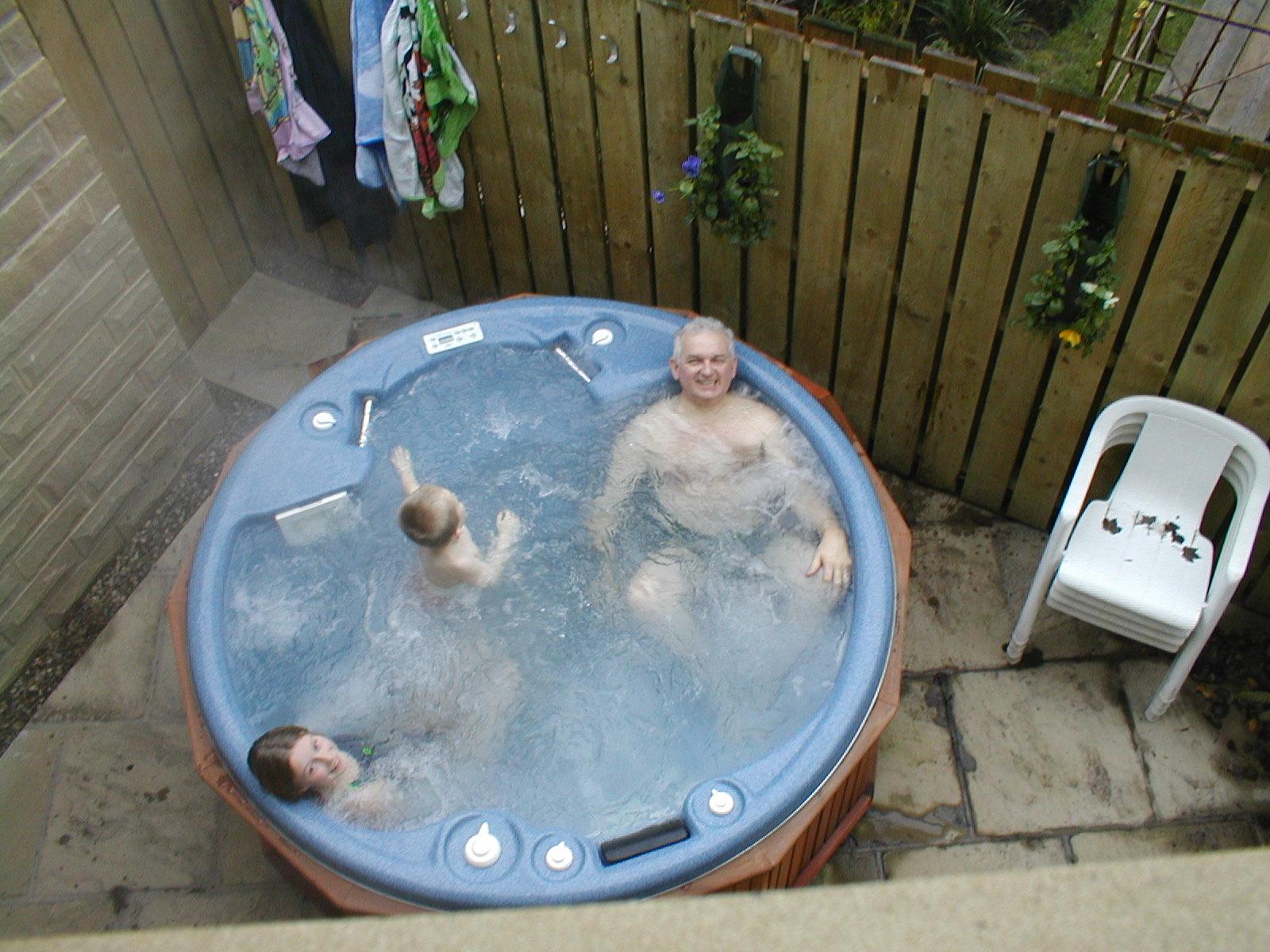Do You Need An Expert In Hot Tubs?

Silly question, I know, but you more alert litigators will recognise that I’m talking about concurrent evidence. Now, you may think “hot-tubbing” means having a couple of experts in a Jacuzzi, or being boiled alive in a missionary pot. Not so; but either way, it’s likely to make your experts sweat unless they are very well prepared.
So what’s this concurrent evidence all about? It is an arrangement where at trial two (or more) experts are put into the witness box together – if there’s room – and where the judge chairs a discussion on their expertise relevant to the matter in hand. Counsel for claimant and for defendant can put questions to either expert, so can the judge, and the experts can even ask questions of each other. Scary, eh?
Well, it can be scary for the uninitiated, but as with so many other considerations, it’s a matter of choosing your experts with care – horses for courses. If the subject matter of your dispute is so obtuse that there are only three or four people in the UK with the expertise to address it, you may be stuck with an impressive boffin who has never been in a courtroom before, and your case will be weakened unless you put much effort into training him in what to expect.
But for most purposes, you would be wise to choose an expert who knows the subject but who also has the training and experience to follow what is in effect a second profession, as an expert. It would be a tragedy, after all the effort you have put into a case, for your expert on the subject, who is not an expert in litigation, to fatally weaken your case by his performance in the witness box.
And this is the case, a fortiori, with the hot tub.
Why is it different? There are two differences, which are said to have advantages in costs saving.
The first is that there is a costs saving because the length of trial is shortened. The court can get to the real issues quickly, instead of them emerging gradually by cross-examination and re-examination of the experts (evidence in chief these days, of course, is little more than the expert confirming that they have written the report in the bundle). Of course, against that must be measured the extra reading time needed for the judge to be au fait with the issues. And a judge may not be an expert on the subject matter, and so may not ask questions to the depth expected of an arbitrator, who would have been chosen for their expertise. So it’s up to the judge to order concurrent evidence, or not, as he feels would be appropriate.
The second is that the process tests the experts’ opinions very thoroughly. And there is no doubt a hidden cost saving there, since experts who know they face the rigours of the hot tub are more likely to form their opinions carefully, to advise those instructing them of the weaknesses of the case at a much earlier stage, and to hold their joint discussions more rigorously. So, with early decisions not to proceed, Part 36 offers, mediation, and other methods of settling cases, one can expect that more cases will be concluded long before the expense of a hearing has to be faced. And such cases will never feature in the statistics. So we can expect that the hot tub will be “flushed out” long before it is used!
I have been in the hot tub, and it worked very well. My opponent was someone I already knew, and we developed an excellent working relationship during our discussion between experts. At the hearing, our concurrent evidence took only a few hours, and we were able to clarify the issues very effectively.
Whilst it is the case that hot tubbing is not yet the norm, I am seeing directions orders where it is to be expected there will be concurrent evidence if the matter proceeds to a full hearing. So I am looking forward to more frequent hot baths.
And I would really appreciate the opportunity to help your client in that missionary pot!
